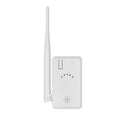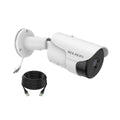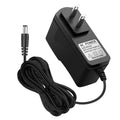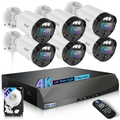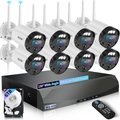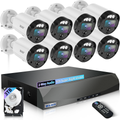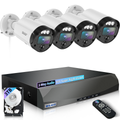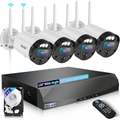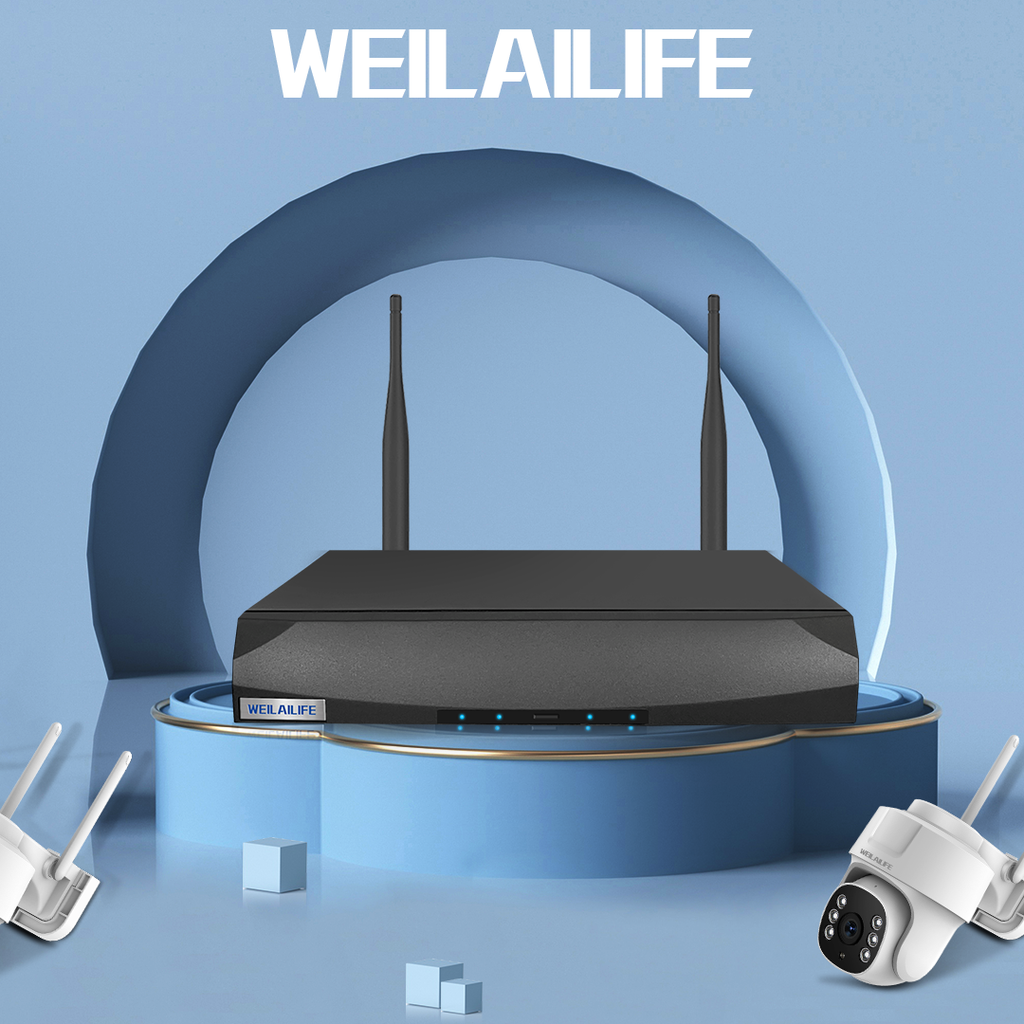Deciphering the Distinctions between Video Conferencing Capture Cards and Surveillance Capture Cards
At WEILAILIFE, where pioneering innovation meets cutting-edge technology, we frequently encounter a common query: Can surveillance equipment seamlessly integrate into video conferencing systems? With surveillance devices often boasting a more cost-effective price point than specialized video conferencing cameras, it's only natural to wonder if these devices can be interchangeable. However, before we delve into this question, it's imperative to understand the technical principles underpinning surveillance and video conferencing technologies.
**Unraveling the Technological Framework:**
Both surveillance and video conferencing systems hinge on the concept of front-end data capture. In surveillance, cameras such as bullet or dome cameras are designed to capture analog signals, which are then compressed and securely stored onto hard drives. Similarly, video conferencing systems rely on the analog signal capture by their pan-tilt-zoom (PTZ) cameras. This is followed by the encoding of data for seamless transmission to client endpoints. While both processes exhibit certain parallels, the root of compatibility challenges lies within the distinctive nature of capture cards and interfaces associated with each domain.
- **Capture Card Varieties:** The realm of video capture cards encompasses various categories, including VGA, HDMI, monitoring cards, streaming media cards, TV cards, DVI cards, and 1394 cards. Within this landscape, surveillance capture cards constitute a subset of video capture cards. These cards boast multiple data interfaces, enabling the concurrent capture of several video streams. Conversely, video conferencing predominantly leverages streaming media capture cards. These specialized cards typically capture a single video stream, converting analog signals to digital form without undergoing compression. Consequently, these cards are often dubbed as video software compression cards. On the other end of the spectrum, surveillance capture cards involve compressed data, which earns them the moniker of video hardware compression cards.
- **Interface Distinctions:** The interface landscape of surveillance equipment commonly revolves around the utilization of BNC connectors for seamlessly linking cameras and capture cards. In the sphere of video conferencing, the landscape is dominated by AV or HDMI interfaces, serving as the bridge connecting PTZ cameras and capture cards. As a result, the interface gap between surveillance equipment and video conferencing capture cards becomes evident. Surveillance equipment, inherently optimized for BNC interfaces, cannot directly interface with video conferencing capture cards engineered to handle streaming media compression. Conversely, the unique interface requirements of video conferencing PTZ cameras render them incompatible with surveillance capture cards.
In addition to disparities in capture cards and interfaces, video conferencing and surveillance systems diverge in their implementation methods. Surveillance systems typically entail the capture of multiple video streams, necessitating real-time compression and recording. Achieving real-time compression for multiple video streams through software alone can pose challenges. This is precisely why surveillance systems often resort to the efficiency of hardware-based encoding. Nonetheless, select surveillance systems do accommodate soft encoding for scenarios involving fewer captured streams. In such instances, video conferencing's software compression cards can indeed be harnessed for front-end data capture.
While video conferencing systems predominantly embrace software-based video encoding, some advanced systems also offer hardware-based encoding capabilities. This facilitates the seamless and real-time transmission of data, akin to the hardware compression approach prevalent within surveillance technology.
In essence, while there are shared principles and commonalities underpinning the technological foundations of surveillance and video conferencing, the nuanced distinctions in capture cards, interfaces, and system implementations create substantial barriers to direct interchangeability. At WEILAILIFE, our unwavering commitment to providing tailor-made solutions for diverse contexts ensures that you receive technology and equipment meticulously aligned with your unique needs. Be it an 8-camera surveillance system, an outdoor camera setup, or a cutting-edge wireless home monitoring system, we are dedicated to delivering technology that seamlessly aligns with your specifications.
